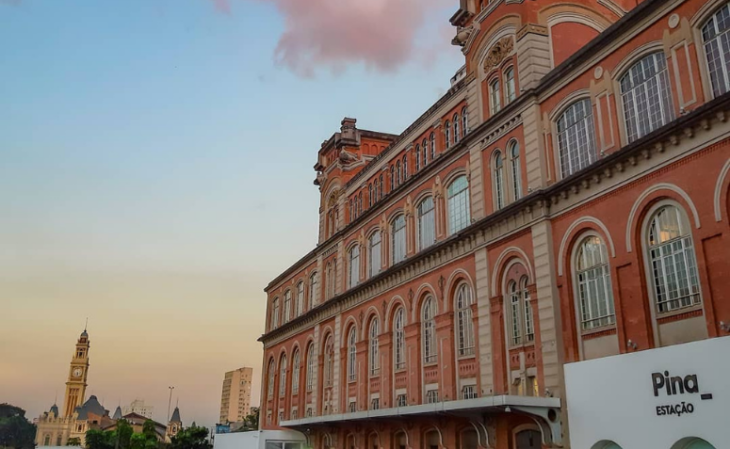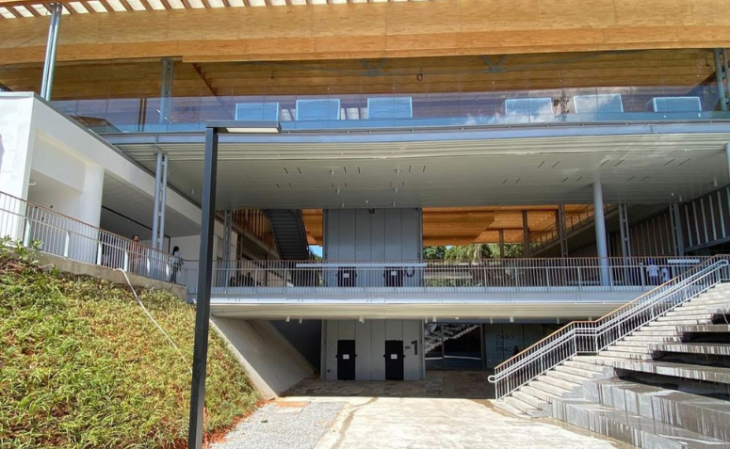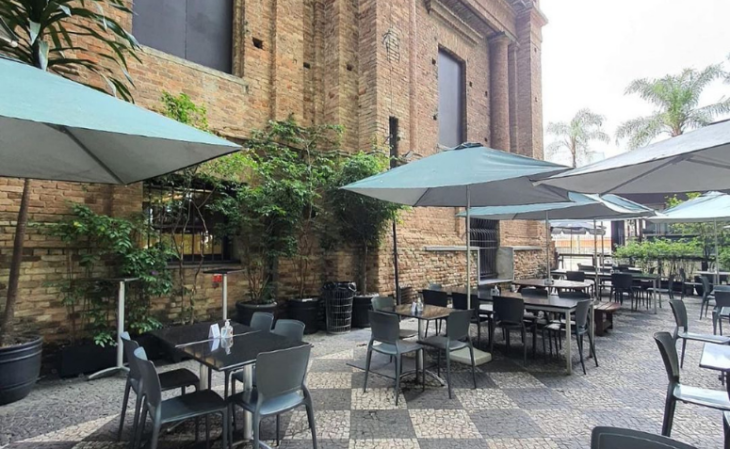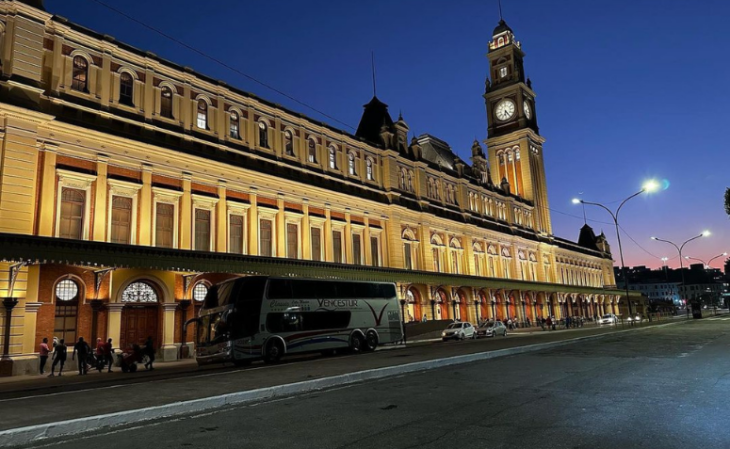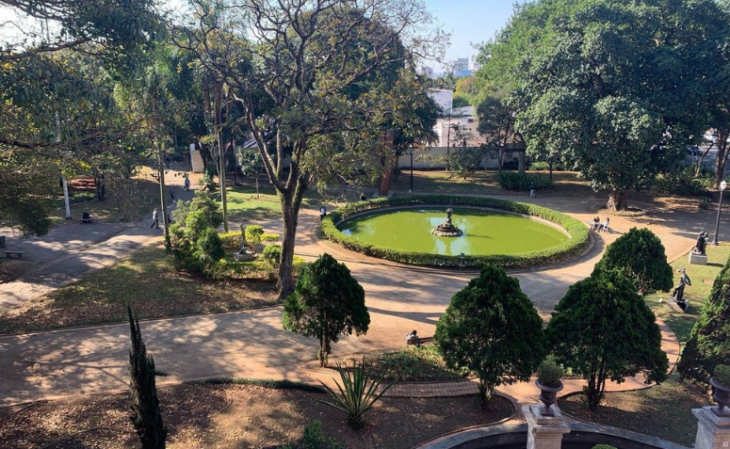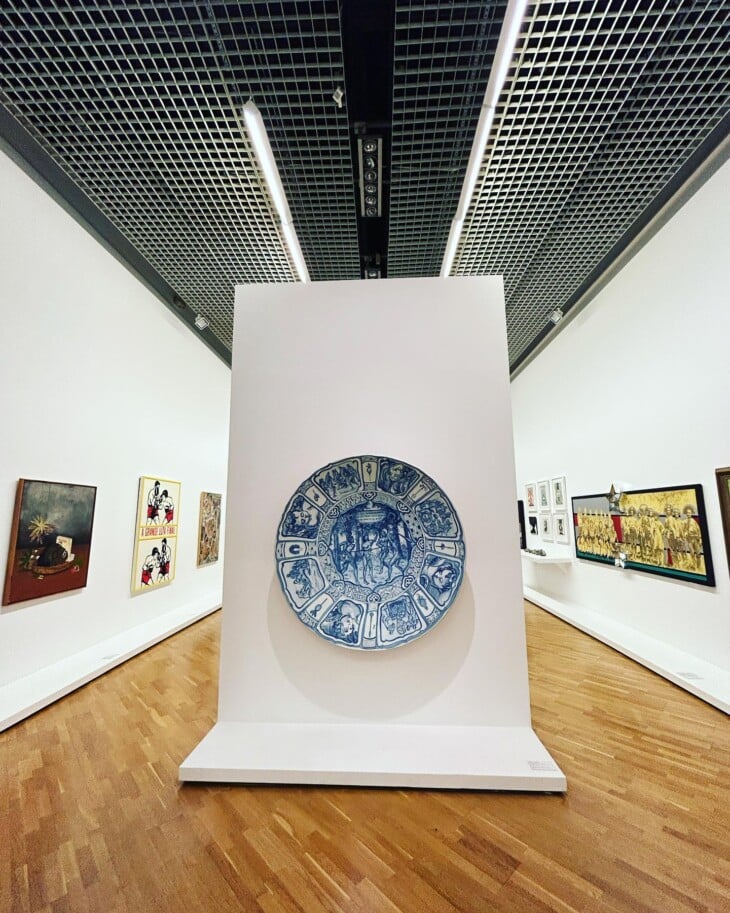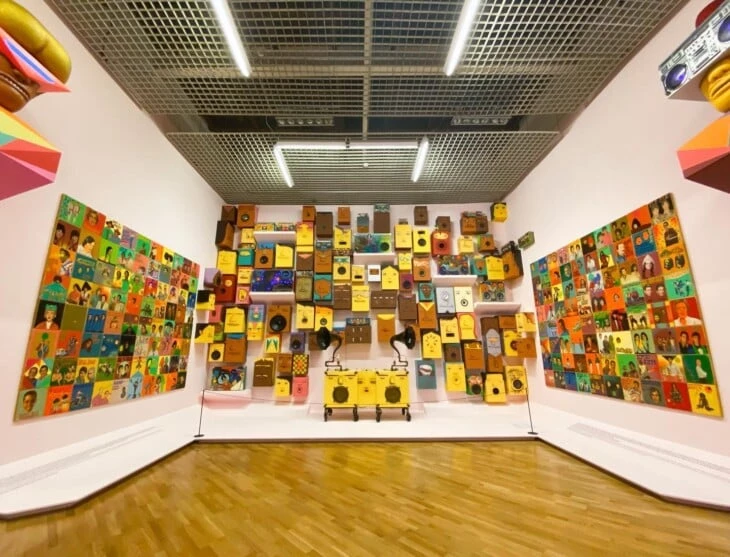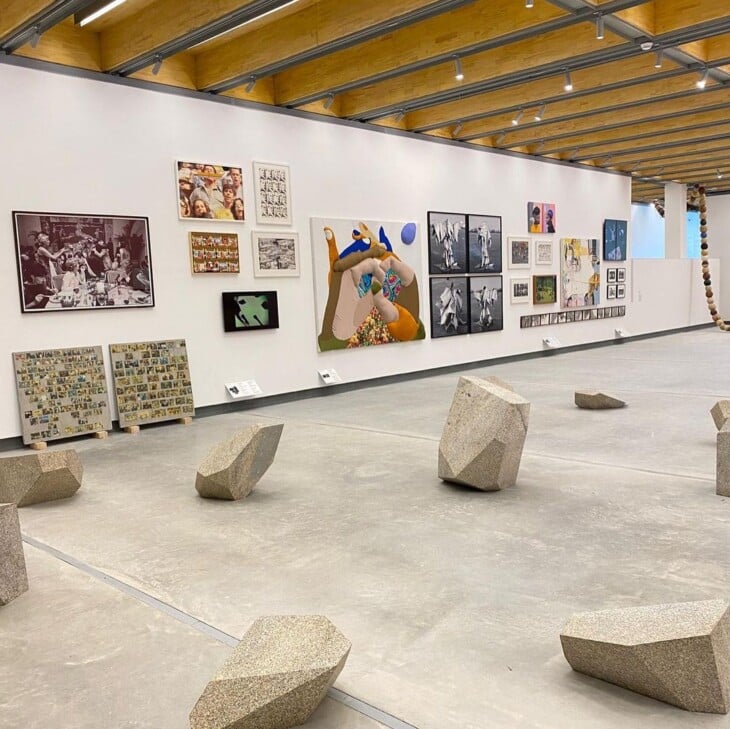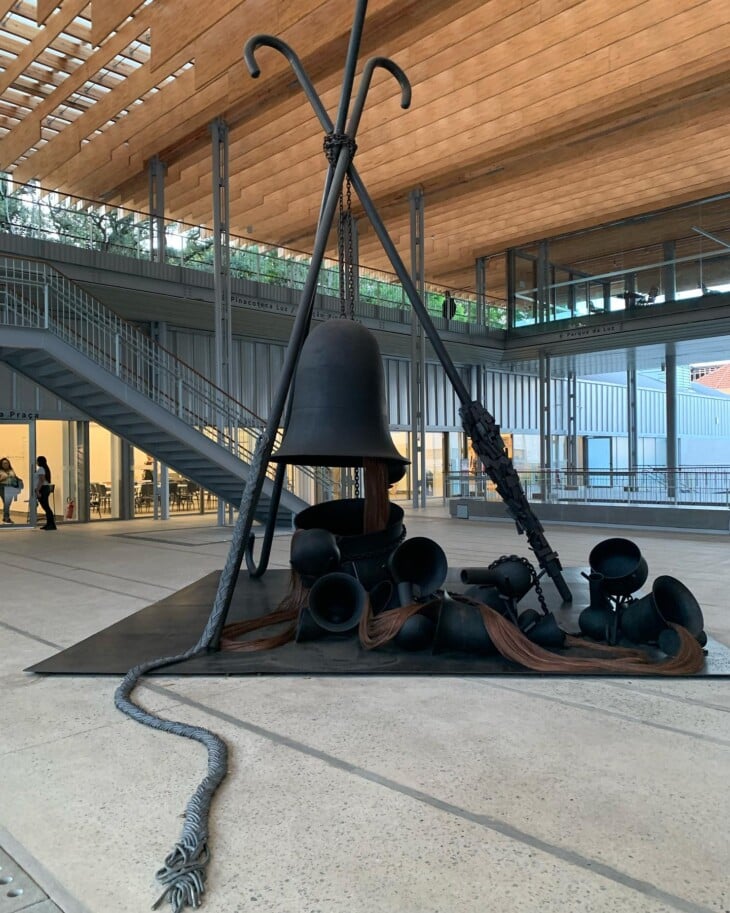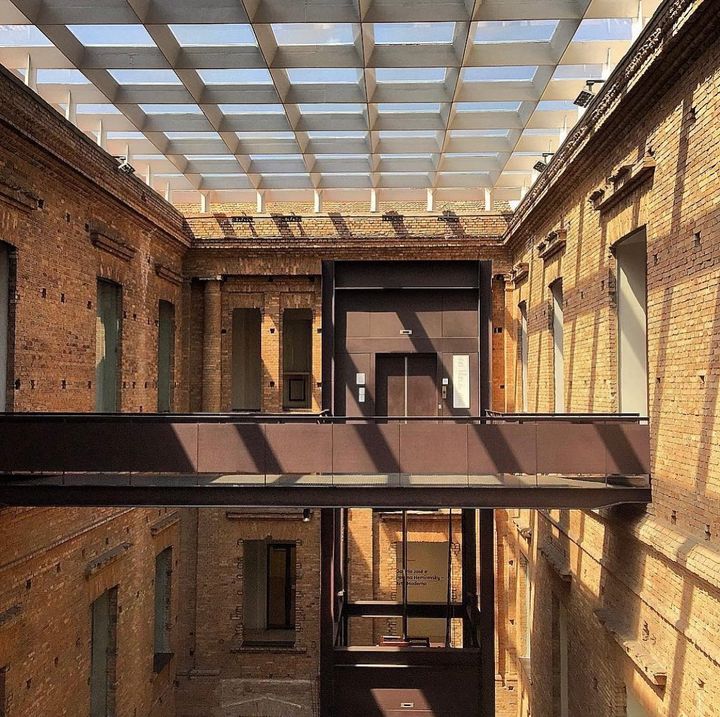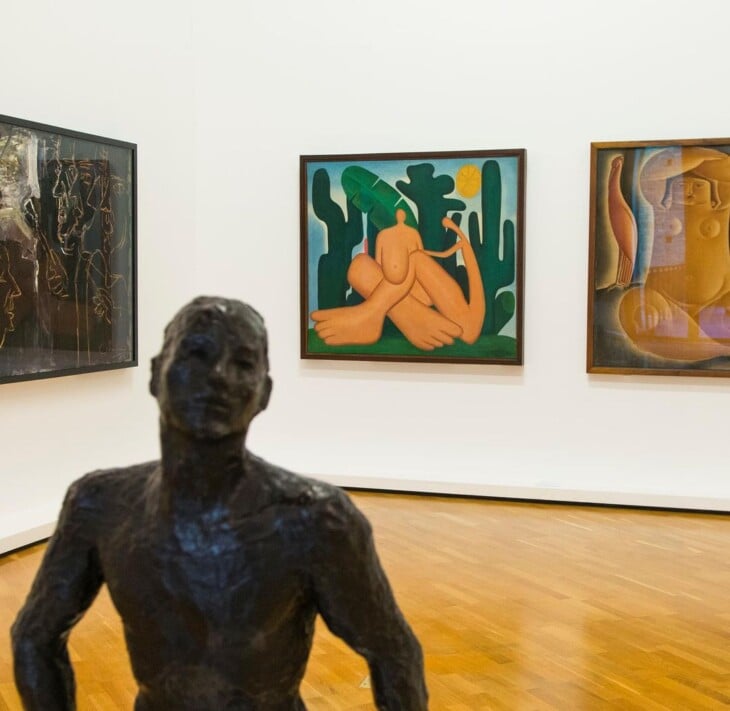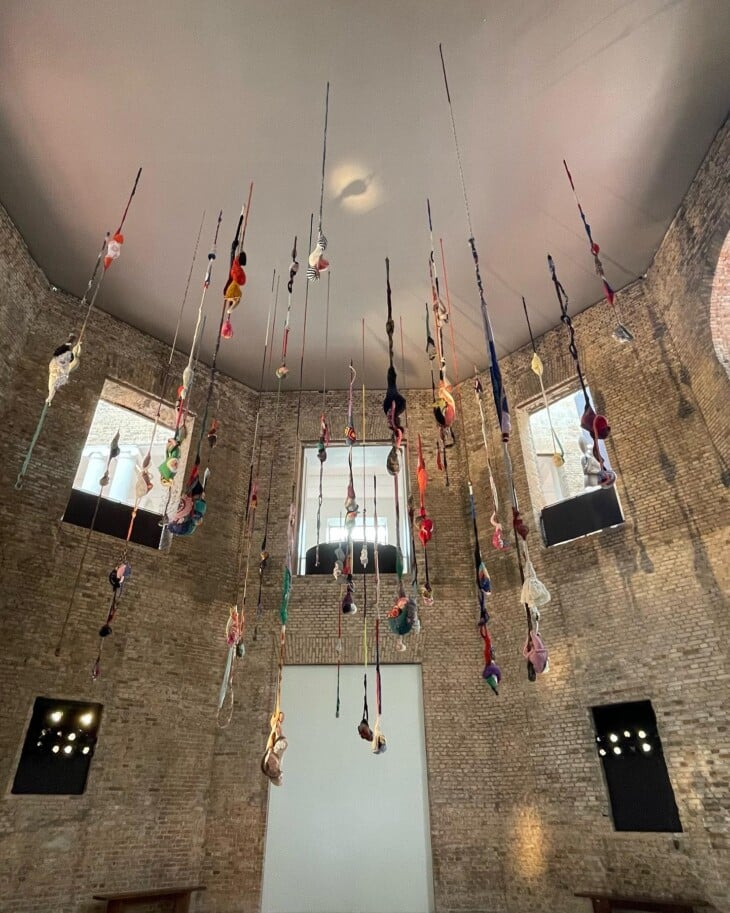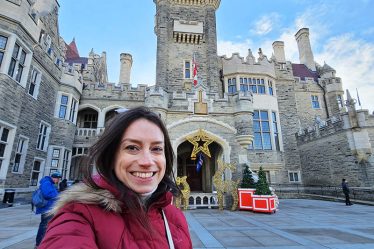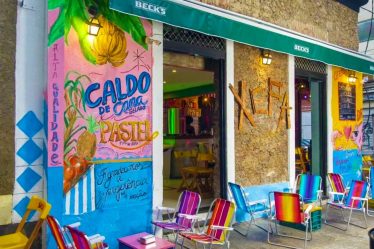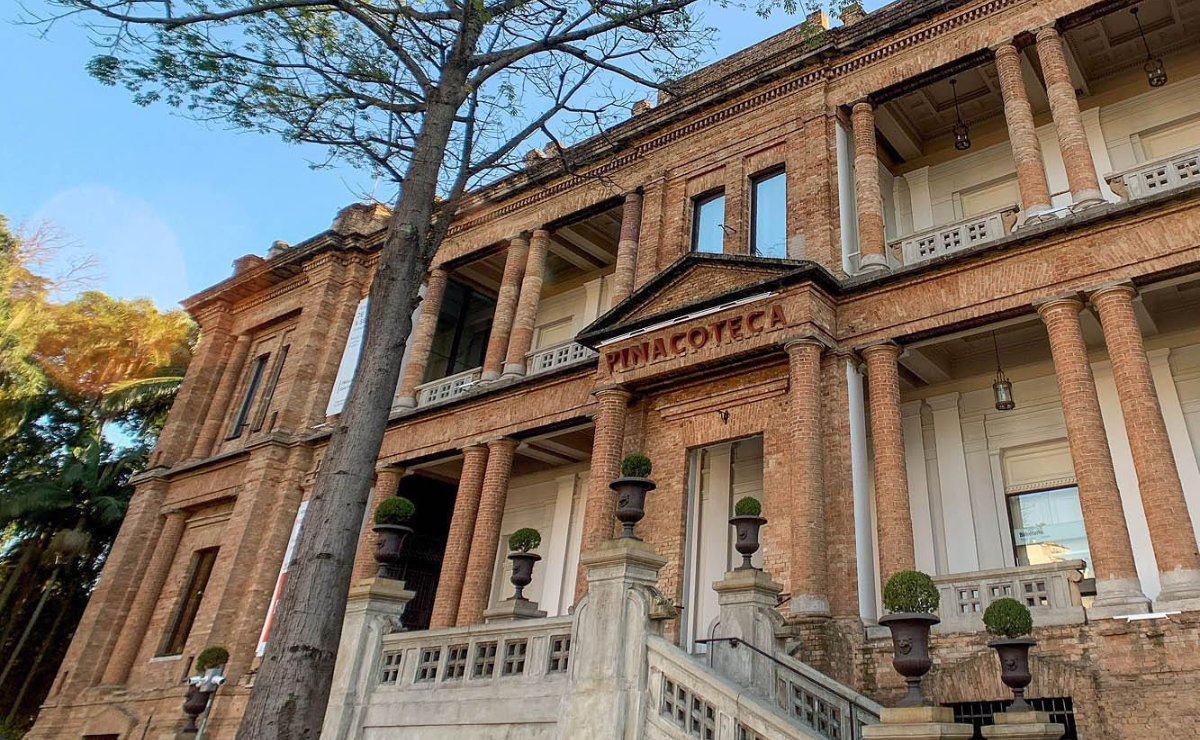
Pinacoteca, in Latin, means a room with a collection of paintings. The word names one of the most famous visual arts museums in São Paulo. The Pinacoteca de SP has three buildings and more than 11 thousand works by national and international artists. Below, see everything you need to know to visit this tourist spot rich in culture and history!
Where is the Pinacoteca
The main building is located at Praça da Luz, 2 – Luz, right in the center of São Paulo and close to the famous Estação da Luz. The Pinacoteca also has other buildings spread across the capital of São Paulo: Pina Estação, at Lg. General Osório, 66, and Pina Contemporânea, at Avenida Tiradentes, 273. They are all close to each other, so it is possible to visit them on foot.
How to get
An affordable option for visiting the Pinacoteca is by metro/train. To get to Pina Luz and Pina Contemporânea, the ideal is to get off at the famous CPTM and Metro Luz Station. Pina Luz is right in front of Estação and Contemporânea, a 3-minute walk from the main building. Pina Estação is a little further away. To get there, get off at Estação da Luz and look for signs for Boulevard João Carlos Martins.
If you prefer to visit the tourist spot by bus, the suggested lines are 258, 701A-10, 271C-10, 118C-10 and 1178-31, but there are others. The ideal is to find out through SP Trans. You can also opt for app drivers, an economical alternative that guarantees comfort.
Anyone traveling by car should pay attention to the traffic in the region, which is quite intense. In fact, there are parking spaces at Pina Luz and Pina Estação. At Pina Luz, it is open from Wednesday to Monday, from 10am to 6pm, with valet service. The price is R$15 per hour and R$5 for each additional hour. The Pina Estação car park is located at Rua Mauá, 51, and has different prices per hour. On weekdays, until 3am, it costs R$16 and then R$28. On weekends, until 12:30pm, it costs R$16 and then R$28.
How to visit the Pinacoteca
There is a lot of information and rules to keep an eye on when visiting the Pinacoteca. Check out tips to make your trip pleasant and unforgettable.
- Opening hours: all three buildings are open Wednesday through Monday from 10am to 6pm. However, Pina Luz has extended opening hours on Thursdays, from 10am to 8pm. On that day, it is recommended to arrive by 7pm.
- Ticket: the whole one costs R$30 and the half one costs R$15. Those who buy online at official site pay an additional R$2 in fees. The ticket entitles you to visit the three Pinacoteca buildings.
- Who is entitled to free admission: children up to 10 years old, elderly people over 60 years old, groups from public schools and non-profit institutions, as well as people with disabilities, tour guides, journalists, military and civil police officers from São Paulo, teachers from the capital of São Paulo and professionals from SP museums.
- Half-price: half-price ticket is for self-employed students, low-income and community youth, between 15 and 29 years old and with a Youth ID, and retired professionals.
- Free days: on Saturdays, entry is free. On Thursdays, from 6pm to 8pm, you also don’t need to pay to enter.
- Schedule a visit to the Pinacoteca: You can buy tickets directly at the box office, but if you purchase tickets online, you must schedule a day and time to visit the Pinacoteca. The online ticket is sent by email. Check information on site to schedule school groups.
- How long to visit the Pinacoteca: It depends on your profile, but it can take you up to 3 hours to visit the Pinacoteca, including the three buildings.
- What is the best day to visit the Pinacoteca: Visiting on weekdays is always quieter. Weekends, days with free entry and holidays are busier.
Now, you are ready to visit this one of the 45 museums in São Paulo. Go to the next topic to learn a little about the history. Then see what to do inside and outside the museum.
History of the Pinacoteca de SP
In 1905, the Government of the State of São Paulo opened the Pinacoteca, the oldest visual arts museum in SP. The original collection began with a transfer of 20 works that belonged to the Museu Paulista at the University of São Paulo. Currently, more than 11 thousand pieces are part of the structure, which features works by Anita Malfatti, Lygia Clark, Tarsila do Amaral, Almeida Júnior, Pedro Alexandrino, Candido Portinari and Oscar Pereira da Silva. Today, it is a space that brings together national and international art and culture.
What’s in the Pinacoteca?
As you have already seen in other topics, the Pinacoteca is divided into three buildings: Luz (Praça da Luz, 2), Estação (Largo General Osório, 66) and Contemporânea (Avenida Tiradentes, 273). In addition to the long exposures, it is possible to check out temporary exhibitions It is activities, that is, workshops and projects on selected days and times. Discover what to do and see there.
1. Pinacoteca Luz
At the end of the 90s, the building underwent a major renovation to make room for the oldest museum in São Paulo. If you don’t have much time to visit the city and need to choose between the three buildings, choose this one. This is where most of the collection is located, with sculptures and paintings by national and international artists.
2. Pinacoteca Estação
The former Central Warehouse of the Estrada de Ferro Sorocabana and headquarters of the Department of Political and Social Order (DEOPS) was built in 1914. This is the second building, with 6 floors, where most of the temporary exhibitions take place. There are also floors dedicated to the programming of the Memorial da Resistência de São Paulo, a Human Rights institution.
3. Contemporary Art Gallery
The last and third building of the Pinacoteca, with a more modern architecture and a sustainable building. Galeria Praça is the main space of Pina Contemporânea, which hosts exhibitions and has some permanent pieces. There are two ateliers and the museum store, where you can purchase a souvenir to take home. In the basement, there is also the Grand Gallery, overlooking Parque da Luz, and a mezzanine, where there is a café.
4. Cafe Pinacoteca
Café da Pinacoteca de SP is operated by Flor Café, which has a unit in each building. However, only Pina Luz is currently active. There, the tables are outdoors, with trees around, which give a special touch. The menu includes snacks, sweets, coffees, teas and there are also lunch dishes, such as salads and pasta. Entry is only permitted with a ticket. Keep an eye on the website and social media for updates on other units.
5. Light Station
In addition to being a means of transport that connects 3 train lines with two subway lines, it is an important building, as it tells a little of the history of São Paulo. The station was designed by the British and the architecture has English features. It’s a place to visit when you’re near the Pinacoteca. Take photos of the facade and interior.
6. Parque da Luz
Parque da Luz is also known as Jardim da Luz and has 113 thousand m². The space was created in 1798, by order of the Portuguese Crown, as a botanical garden. Today, it is listed as a Historical Heritage Site and has sculptures by Victor Brecheret, Leon Ferrari, Amílcar de Castro, José Resende and Marcelo Nietsche spread throughout the gardens. The best thing is that it’s right next to the Pinacoteca.
If you wish, you can also make a virtual tour by the Pinacoteca, completely free. It’s a great way to find out what to find there.
7 photos of the Pinacoteca de SP to complement your trip
Check out more photos of the buildings’ facades and interior works that will delight any visitor.
1. You can visit the Pina Luz building
2. To see new paintings, sculptures and installations
3. Pina Contemporânea hosts modern and traveling exhibitions
4. The arts are available for public enjoyment in various spaces
5. Pina Luz houses one of the most historic architectures
6. By framing more than one painting, your photos will look great
7. Furthermore, natural lighting will ensure beautiful images
The Pinacoteca de SP is an attraction for those who appreciate art and culture. It is also a peaceful and accessible tour. To enhance your itinerary with economical options, see a post about things to do for free in São Paulo.
